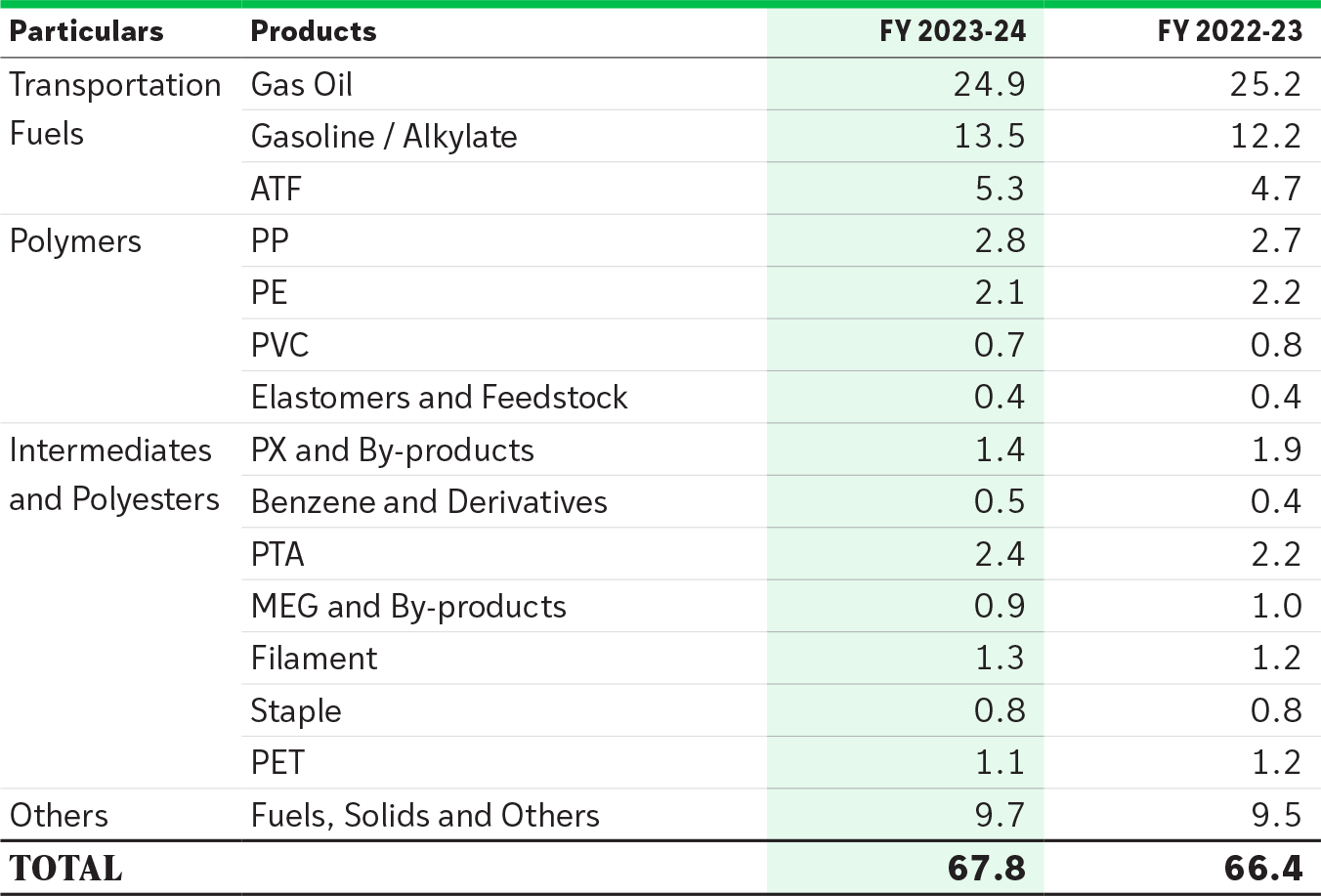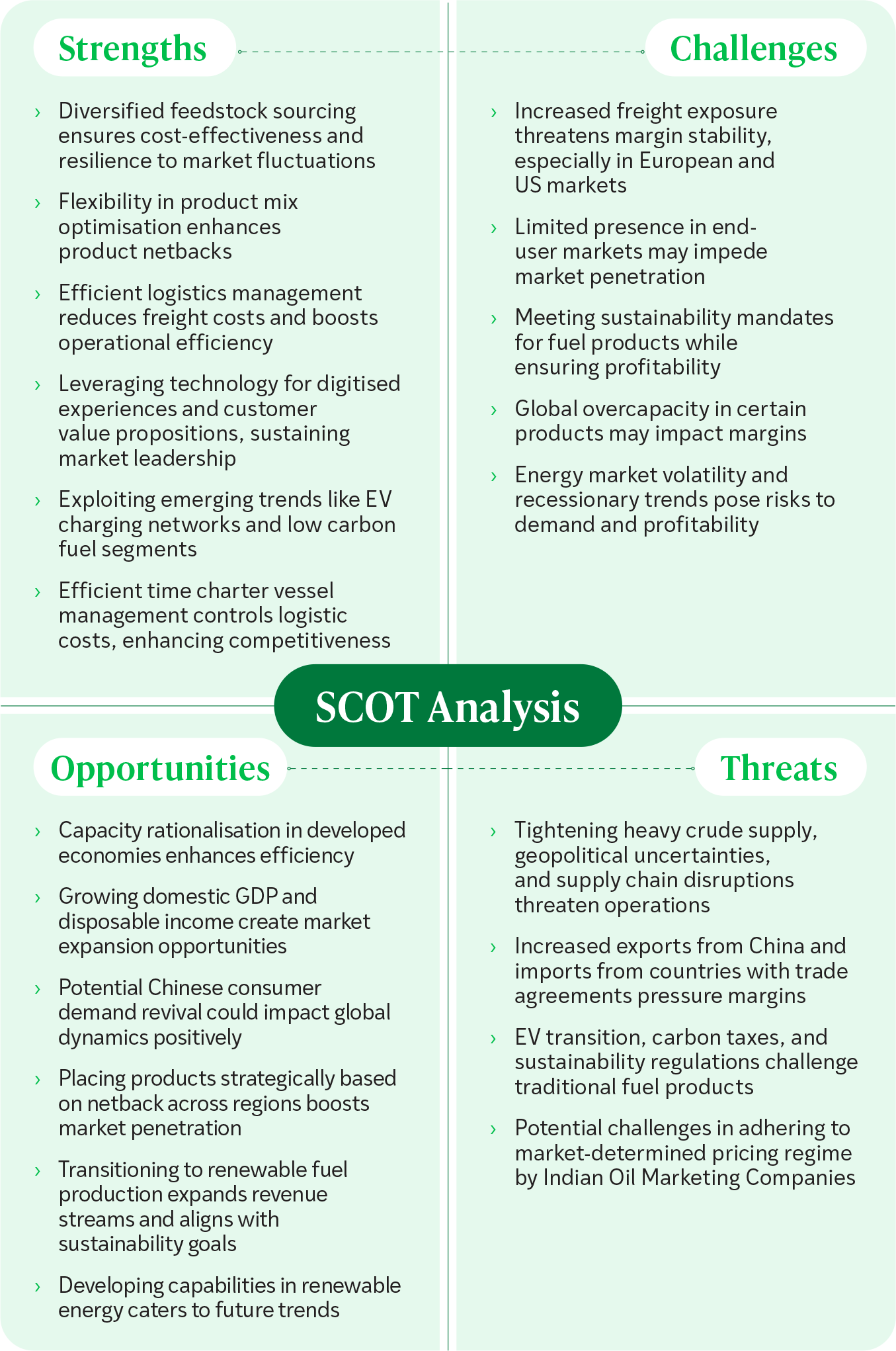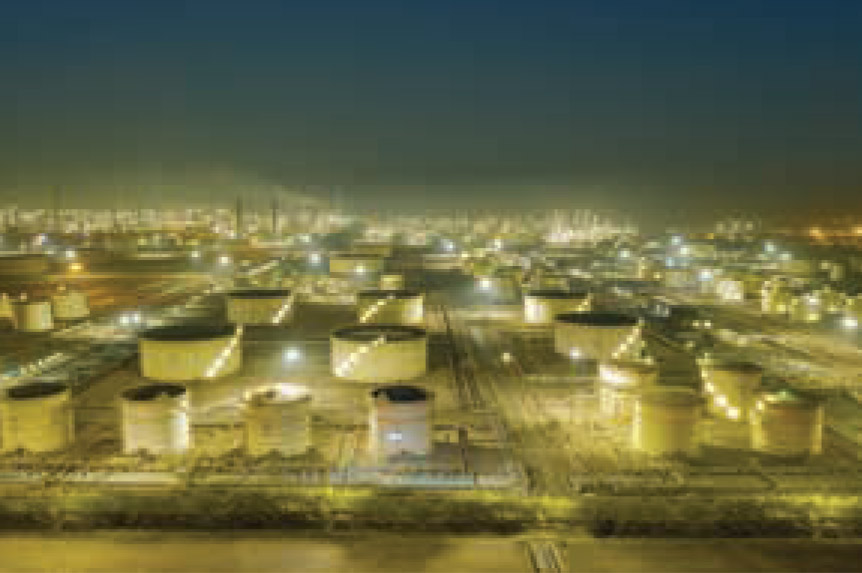
Strategic Objective
Build Reliance as one of the world’s leading O2C, New Energy and New Materials company with a sustainable and circular business model
67.8 MMT
Production meant for sale
78.2 MMT
Total throughput
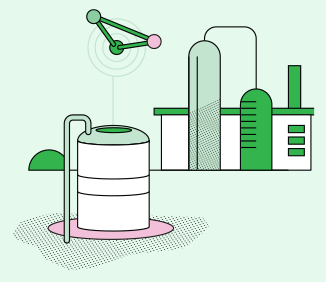
The Oil to Chemicals (O2C) business portfolio spans transportation fuels, polymers and elastomers, intermediates, and polyesters. The O2C business includes world-class assets comprising refineries and petrochemical units that are deeply and uniquely integrated across sites along with logistics and supply chain infrastructure.
The RIL O2C business includes a 51% equity interest in a fuel‑retailing JV with bp – Reliance BP Mobility Limited (RBML) – operating under the brand name Jio-bp, and a 74.9% equity interest in Reliance Sibur Elastomers Private Limited (RSEPL).
The integrated O2C business structure enables an integrated decision-making approach that helps to optimise the entire value chain from crude to refining to petrochemicals to the B2B/B2C model. The O2C business will further leverage technology and its existing assets and streams to maximise conversion of crude to chemicals and materials, with an aim to create a sustainable, holistic, circular materials business.

Nikhil
R. Meswani

Hital R.
Meswani

Akash
Ambani

Isha
Ambani

Anant
Ambani

P. K. Kapil
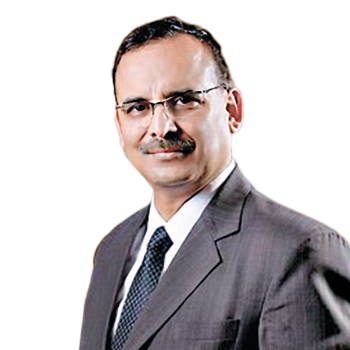
Sanjiv
Singh

Srinivas
Tuttagunta

J. Rajaraman
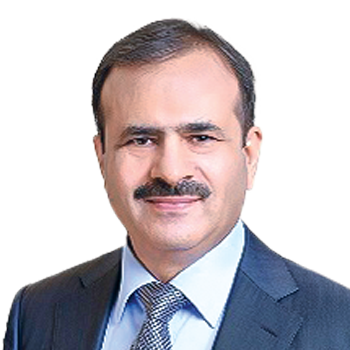
Harish
Mehta

Amit
Chaturvedi

Puneet
Madan

Sanjeev
D. Sharma

Hemant
D. Sharma

Piyush
Bhatt

C. S. Borar
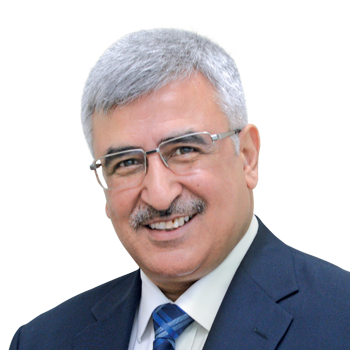
Ashwani
Prashara

Seema
Nair

